Old Temple Entrance
Our History

The Vedanta Society of Northern California was founded by Swami Vivekananda (Swamiji) in 1900. Swamiji arrived at the San Francisco Ferry Building on February 22, 1900. He initially stayed at the Pine Street Home of Truth and gave his first San Francisco lecture the following day in Golden Gate Hall on “The Ideal of a Universal Religion.”
His second lecture two days later on “Vedantism” was delivered to a crowd of two thousand people at the First Unitarian Church of Oakland. During the three months he was in the Bay Area, he moved several times to different quarters in San Francisco and once to the Alameda Home of Truth. From whichever city he was living in, he frequently crossed San Francisco Bay to speak in the halls of downtown San Francisco, Oakland, or Alameda, giving about forty-five lectures that we know of.
A group of students from both sides of the bay was so interested in Swamiji and Vedanta that they wanted to form an organization, which would continue to study Vedanta even after he left. So, on Saturday, April 14, 1900, after one of his evening lectures in the Red Men’s Building in San Francisco, the Vedanta Society was formed for the dual purpose, as the first minutes read, “of assisting Swami Vivekananda in his work in India and studying Vedanta Philosophy.”
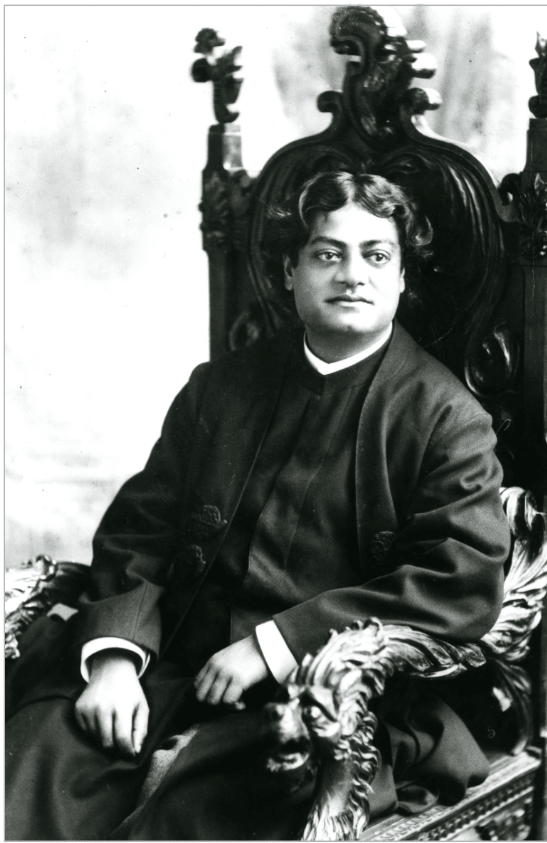
Swami Vivekananda (1863-1902),
Founder of the Vedanta Society of Northern California
Within three months, Swamiji had introduced the profound philosophy of Vedanta to the Bay Area—and it took root here. Shortly before he left San Francisco, he wrote a letter to a brother monk, Swami Abhedananda, saying, “I am trying my best to get one of you for a flying visit to this coast; it is a great country for Vedanta.” And by the time of his farewell meeting with his students he had decided to send Swami Turiyananda as his successor, humbly saying, “I will send you another, greater than I, one who lives what I talk about.”
In 1899 and 1900, when Swamiji was in California, his brother disciples Saradananda, Abhedananda, and Turiyananda were teaching Vedanta on the East Coast at the New York Vedanta Society. During this time, many enthusiastic members, including Swamiji himself, yearned for a secluded place to practice spiritual disciplines away from the city. As a result, Miss Boock, a member of the New York Vedanta Society, offered Swamiji some property in northern California for this purpose, which he accepted, thinking it could be used as a retreat.
Swami Turiyananda arrived in San Francisco on July 26, 1900, and after a week he, with about ten Vedanta students, set out for the property in the desolate San Antonio Valley. Shanti Ashrama, as he named it, became his headquarters for nearly eighteen months of his two-year stay in California, which he spent there chanting, meditating, and teaching.
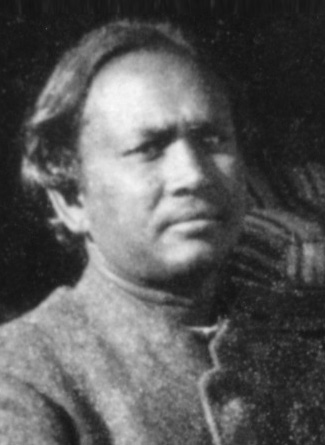
Swami Turiyananda
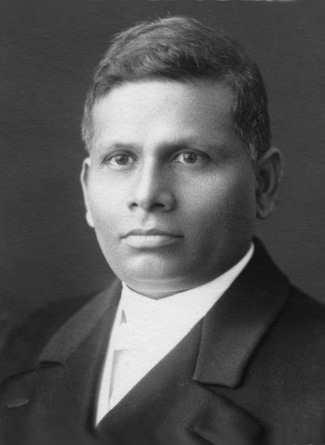
Swami Trigunatita
Before Swami Turiyananda returned to India in 1902, Swamiji had made prior arrangements to send another brother disciple, Swami Trigunatita, whom he deeply respected, to succeed him.
As soon as Swami Trigunatita arrived in San Francisco, he characteristically plunged into action. In discussing the organization of the work with the Vedanta students, he expressed the idea that the main center of the Society should be in the city rather than in the country. During his first three months as minister, he gave lectures on Sunday afternoons in a rented hall in downtown San Francisco, and during the week he conducted classes and interviews in a rented flat. Soon the flat became too small for the Society’s activities, so the classes were shifted to a larger apartment.
The swami always had a big project underway. In 1904 he began planning a temple that would serve as the Society’s headquarters. The swami with a committee of members searched the city for a suitable site. They found one near the bay on Webster Street, among sand lots, for $8,000. After purchasing the lot, they began collecting funds to start the construction.
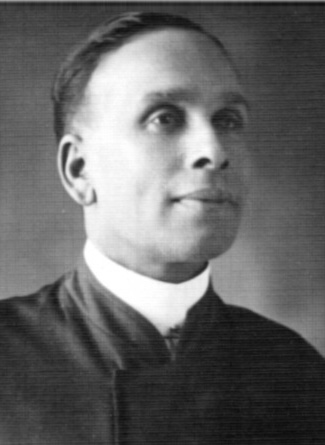
Swami Prakashananda
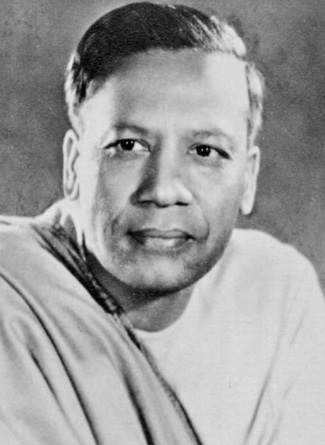
Swami Prabhavananda
“The cornerstone of this temple,” to quote from a pamphlet that the swami printed, “was laid by the San Francisco Vedanta Society on 21st August, 1905, for the good of humanity.” In a little more than four months the basic building was up, furnished, and ready for the dedication ceremony, which took place on January 7, 1906.
The swami published a pamphlet explaining each tower and detail of the structure. “This temple,” the pamphlet began, “may be considered as a combination of a Hindu temple, a Christian church, a Mohammedan mosque, a Hindu math or monastery, and an American residence.” Then it goes on to explain the fascinating array of symbolism he built into the temple.
In 1908 the temple was enlarged with the addition of a third floor. The symbolism inherent in the original design was enhanced by the addition of rooftop towers and a balcony with decorative arches, all of which featured designs and symbols from other world religions. The concept of the harmony of religions, as declared from ancient times in the scriptures of India, as illustrated in the life and teachings of Sri Ramakrishna, and as declared to the modern world by Swami Vivekananda, was thus symbolized architecturally in this spectacular new building.
The swami worked incessantly to establish the Society on a firm foundation. He held annual month-long retreats in Shanti Ashrama, gave innumerable classes and lectures, performed elaborate special worships, published a magazine, Voice of Freedom, founded a monastery and a convent, established a spiritual retreat, and, most importantly, built up the spiritual lives of those in his care. His service was indefatigable.
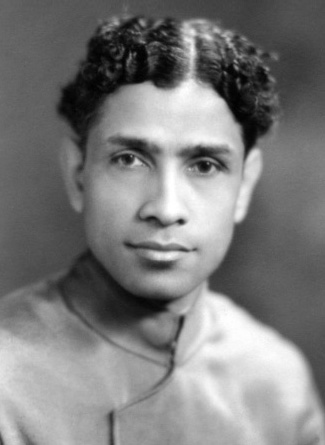
Swami Dayananda
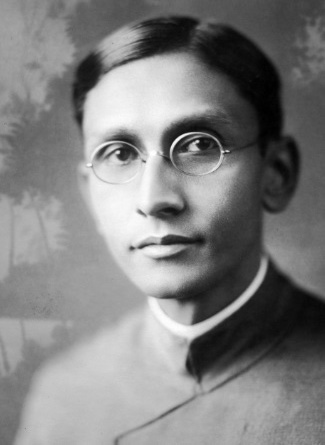
Swami Madhavananda
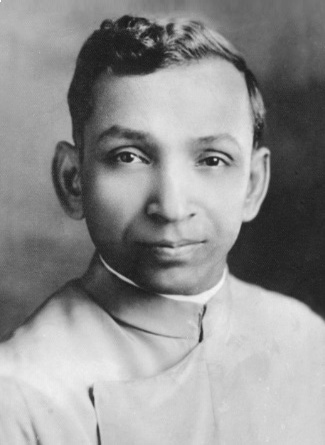
Swami Vividishananda
In December 1915, after Swami Trigunatita’s death earlier that year, Swami Prakashananda, who had come from India in 1906 as an assistant, took over the leadership of the Vedanta Society. A gracious and intelligent person, as well as a specialist in Sanskrit literature and chanting, he helped the Society grow in its formative years.
Swami Prabhavananda, Swami Prakashananda’s assistant, served the Society from June 1923 until September 1925. Swami Dayananda took his place in June of 1926, and when Swami Prakashananda passed away on February 13, 1927, Swami Dayananda then took charge of the Society. In June of 1927 Swami Madhavananda arrived to assist in the work and then was requested to return to India in May of 1929. Swami Dayananda again took charge of the Society as its spiritual leader until July of 1931, when Swami Vividishananda succeeded him. Swami Vividishananda moved to Providence in the summer of 1932 because of ill health, and he was succeeded by Swami Ashokananda, who had been his assistant since July of 1931.
Throughout the 1930s, Swami Ashokananda gave midweek lectures and classes in the temple, but he was concerned that it was too small for the now growing Society. Yet, would a new building ever have such a powerful divine presence? He wrote to Swami Shivananda, President of the Ramakrishna Math and Mission, about it and received a letter saying that the presence of Sri Ramakrishna would be even more manifest in a new temple and that Swami Trigunatita also would bless the move. Thereby, the swami felt that when it was financially possible they could begin building, and, in September 1941, a lot at Vallejo and Fillmore was purchased. After years of planning and construction, the New Temple was dedicated during Durga Puja in October 1959.
Meanwhile, East Bay Vedantins, who had continued to meet since Swami Turiyananda’s day, greatly appreciated Swami Ashokananda’s lectures, and two of them offered to finance a temple in Berkeley. The temple was dedicated on Durga Puja, October 20-22, 1939. In February 1948, Swami Shantaswarupananda, Swami Ashokananda’s first assistant, arrived from India and became the resident minister of the Berkeley temple.
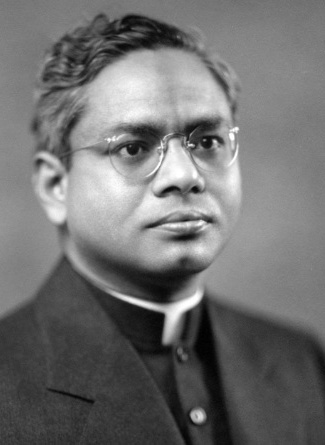
Swami Ashokananda
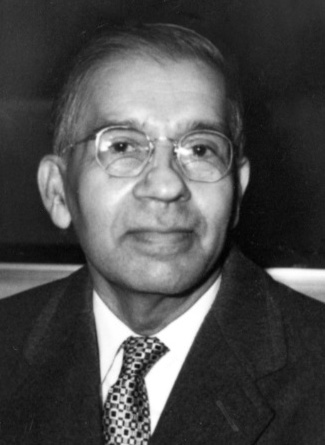
Swami Shantaswarupananda
In the late 1940s, a group in Sacramento, interested in universal philosophy, began attending Swami Ashokananda’s San Francisco lectures and classes. They urged him to start a center there also; so he began traveling about once a week to Sacramento to look for a suitable piece of property and to give a class. About seven acres outside the city were found and purchased, and soon part of the future temple was erected to house a small chapel and monastery, which was dedicated in March 1953. The temple was completed and dedicated in October 1964.
Another important project of the 1940s was the search for a nearby retreat for members, preferably close to San Francisco. The swami and some members searched the countryside around the Bay Area, particularly in Marin County, where Swamiji had camped in 1900. In June 1946, they found 2,000 acres of forest and meadowland for sale at Olema in west Marin County and purchased the property, which became known as the Vedanta Retreat.
In April 1957, Swami Shraddhananda came to assist in the ever-expanding work in San Francisco, Olema, and Sacramento, the last of which later became his special province.
In the early 1960s, after much correspondence with Belur Math, Swami Ashokananda secured permission to make a previously established convent part of the Ramakrishna Order under the leadership of the swami in charge in San Francisco. Four women took their first vows in November of 1961. The convent was located in a house, purchased in 1952 which adjoined the New Temple lot. However, in 1969, in order to provide a residence for the new swami, Swami Prabuddhananda, who later arrived in June 1970, the convent was moved to a large building down the street. At about the same time, a house and large piece of property, donated by two members in San Rafael, became another convent building across the bay.
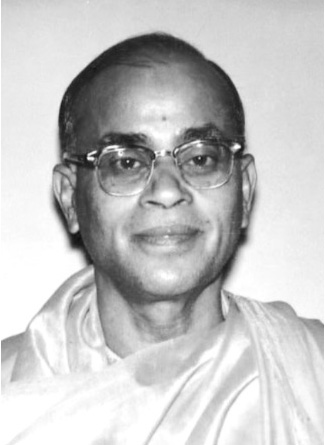
Swami Shraddhananda
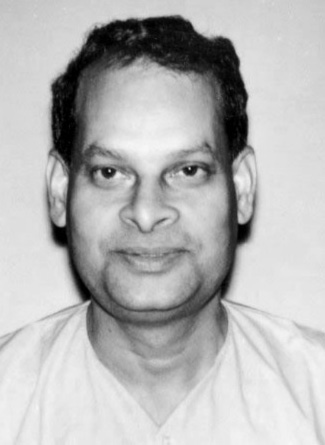
Swami Swahananda
In 1968 Swami Swahananda arrived to assist with lecturing and other work. Upon Swami Ashokananda’s death in December 1969, Swami Shantaswarupananda took over the leadership of the Society for a year. His main task became the division of the Society into three separate centers, so that each could grow independently. Swami Shraddhananda assumed the leadership of Sacramento, Swami Swahananda, Berkeley, and Swami Prabuddhananda, San Francisco.
During the next four decades, the scope of the Society’s activities continued to expand. Work began on a custom-designed retreat house for women, which was dedicated in May 1972. In 1973, purchase of a piece of property, which adjoined the retreat entrance, with an historic old house called Shafter Manor, provided a retreat house for men.
In the 1970s, the Society began hosting a yearly Memorial Day Retreat at Olema, which consisted of an interfaith dialogue, involving participants from other spiritual traditions. This annual event is highly regarded by the local community. The Society also opened the retreat houses to individuals and groups for spiritual practice irrespective of their spiritual affiliations.
In addition to the retreat, another important spiritual service the Society provides is the bookshop. Since the 1970s, the bookshop has grown in size, and expanded to include, not only Vedantic literature and scriptures and books on Ramakrishna, Vivekananda, and by the Ramakrishna Order, but also a comprehensive collection on world religions and philosophies and spiritual life in general.
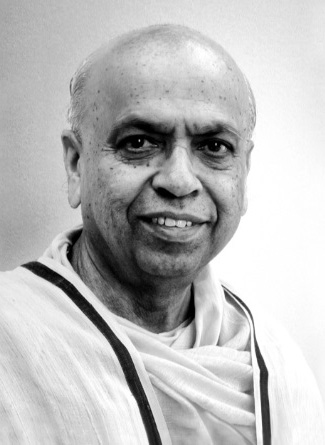
Swami Prabuddhananda
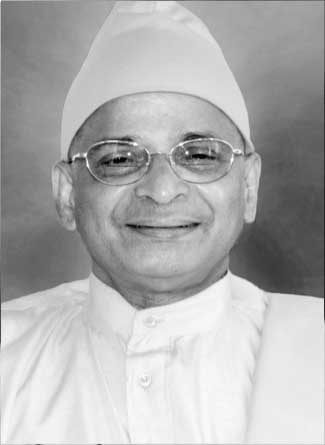
Swami Tattwamayananda
One of the Society’s outstanding literary achievements was Marie Louise Burke’s (Sister Gargi’s) monumental six-volume work on Swami Vivekananda in the West: New Discoveries, an impressive testament to her dedicated research and literary skill. Gargi also wrote articles on Swamiji, edited many of Swami Ashokananda’s lectures for publication, and wrote a book entitled Swami Trigunatita: His Life and Work.
By the late 1980s, expanded temple activities made it obvious that more space was required to accommodate the needs of various departments, and an extension to the temple, was planned, designed, and constructed over several years. The beautiful addition to the New Temple was dedicated on the New Year’s weekend of 1995-96. The dedication of the new addition, named Swami Vivekananda Centenary Hall, extended over three days. An outstanding feature of the new addition is the elegant Sri Sarada Library located on the top floor.
In January 2012, Swami Tattwamayananda arrived from Belur Math, India, to serve as assistant minister to Swami Prabuddhananda.
On July 2, 2014, Swami Prabuddhananda passed away and Swami Tattwamayananda became the minister in charge.
The Society’s high standard for spiritual service, set in motion by the earlier swamis, continues to flourish by spreading the universal principles and ideas of Vedanta in the Bay Area.
The society’s work is developing with gradual and steady expansion of outreach outside the city of San Francisco. Groups of interested students of Vedanta in other parts of the Bay Area including Milpitas and Silicon Valley, have been instrumental in extending invitations for lectures, classes and other programs.
The Society’s lectures and classes are being streamed live in video format on YouTube, Livestream, and Facebook. Audio recordings of programs have also been made available in podcast format. We have indications that some serious students of Vedanta from around the world have been interested in and have benefitted from these programs.
In addition, we have begun to present many of our retreats and classes on the Zoom platform where participants are given the opportunity to interact with the presenter.
We look forward to receiving suggestions from our viewers and listeners concerning further programs that we could present that would be helpful in disseminating Vedanta, both the philosophy and the practice.

 Streaming
Streaming